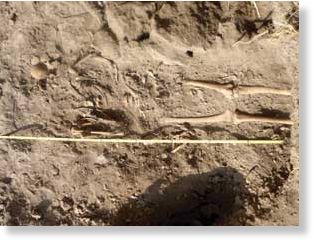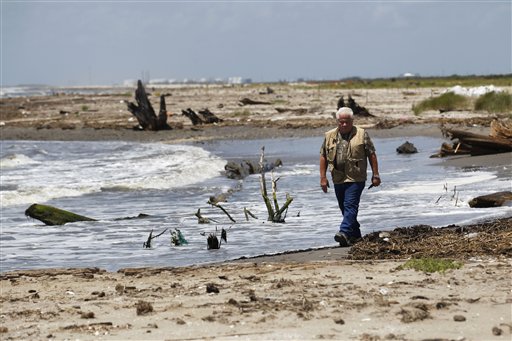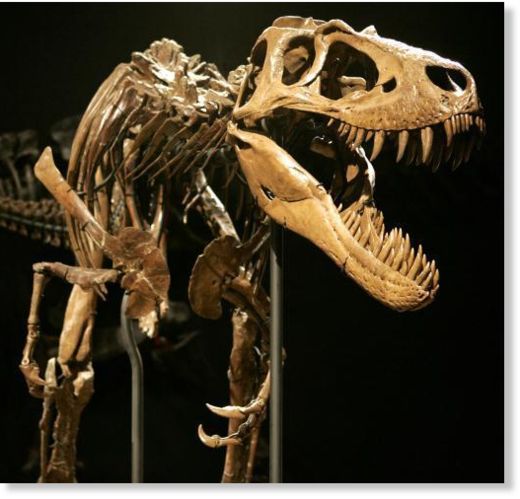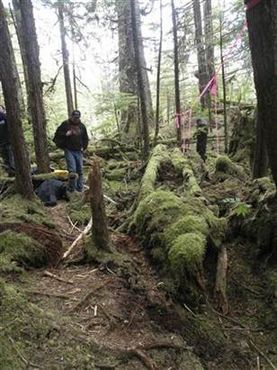
© Unknown
Before I narrate my story of the fossil discoveries in a Crimean cave, some introductory words into the history of the study of the human evolution are needed.
From the end of the nineteenth and well into the twentieth century, the evolution of man was thought to be linear, that is, from more primitive forms to the more advanced, with
Homo sapiens sapiens of today crowning the evolutionary process (the name
Homo sapiens was applied in 1758 by the father of modern biological classification Carolus Linnaeus). The immediate predecessor of the Cro-Magnon, that is
Homo sapiens, was called the Neanderthal,
Homo neanderthalensis, a burly, hairy creature.
But in the course of the twentieth century, and particularly at the end of it, many discoveries considerably changed our views on the human evolution.
The progress in the DNK research revealed that the Neanderthals were unlikely candidates for the immediate ancestors of Homo sapiens.According to a view which is shared by many archaeologists and anthropologists, modern humans,
Homo sapiens, formed in East Africa. They (also referred to as the Cro-Magnon people), appeared in Europe and then began replacing Neanderthals, pushing Neanderthal populations into regional groups, where they held on for thousands of years.
Proponents of this model believe that modern humans and the Neanderthals were separate species.Now, where does the Crimea come in into this picture? It seems that the Neanderthals, fighting a rearguard action, survived the longest
Homo sapiens onslaught in the Crimean mountains.



Comment: Regarding enigmatic Neanderthal and sudden appearance of Cro-Magnon, read The Golden Age, Psychopathy and the Sixth Extinction by Laura Knight-Jadczyk.